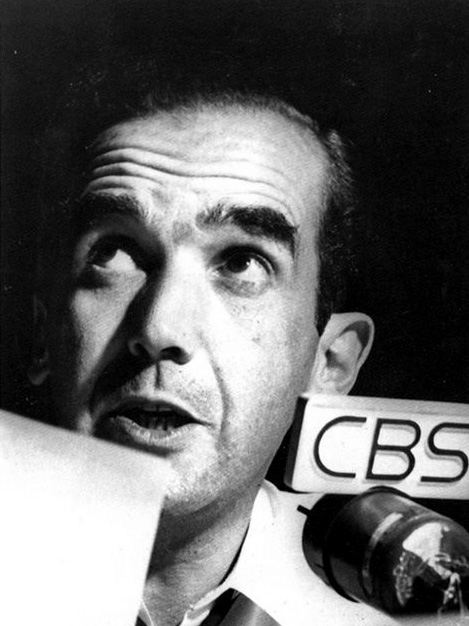World War II

In 1937, CBS sent Murrow and his wife to Europe. CBS wanted to set up a network of reporters to provide first-hand observations of the changes in Europe. There was no network news at the time so there was no pattern to follow. Not only was there no pattern, Murrow had never been in the news business and never written a newspaper story. What he did know is how to organize people and work with people to get what he needed. In addition to setting up the reporting network, he was to schedule talks and set up interviews people with important people. But these interviews were for entertainment. News on the radio was limited to reading the news headlines on the hour by announcers. There was very little research and very little reporting on current events. His first hire was William L. Shirer , an American expatriate who worked all over Europe. Shirer’s hiring was Murrow’s first big test with the CBS brass. Shirer was no announcer, he was a newsman. The bosses back in New York thought hi...




